Great Green Gobblers!
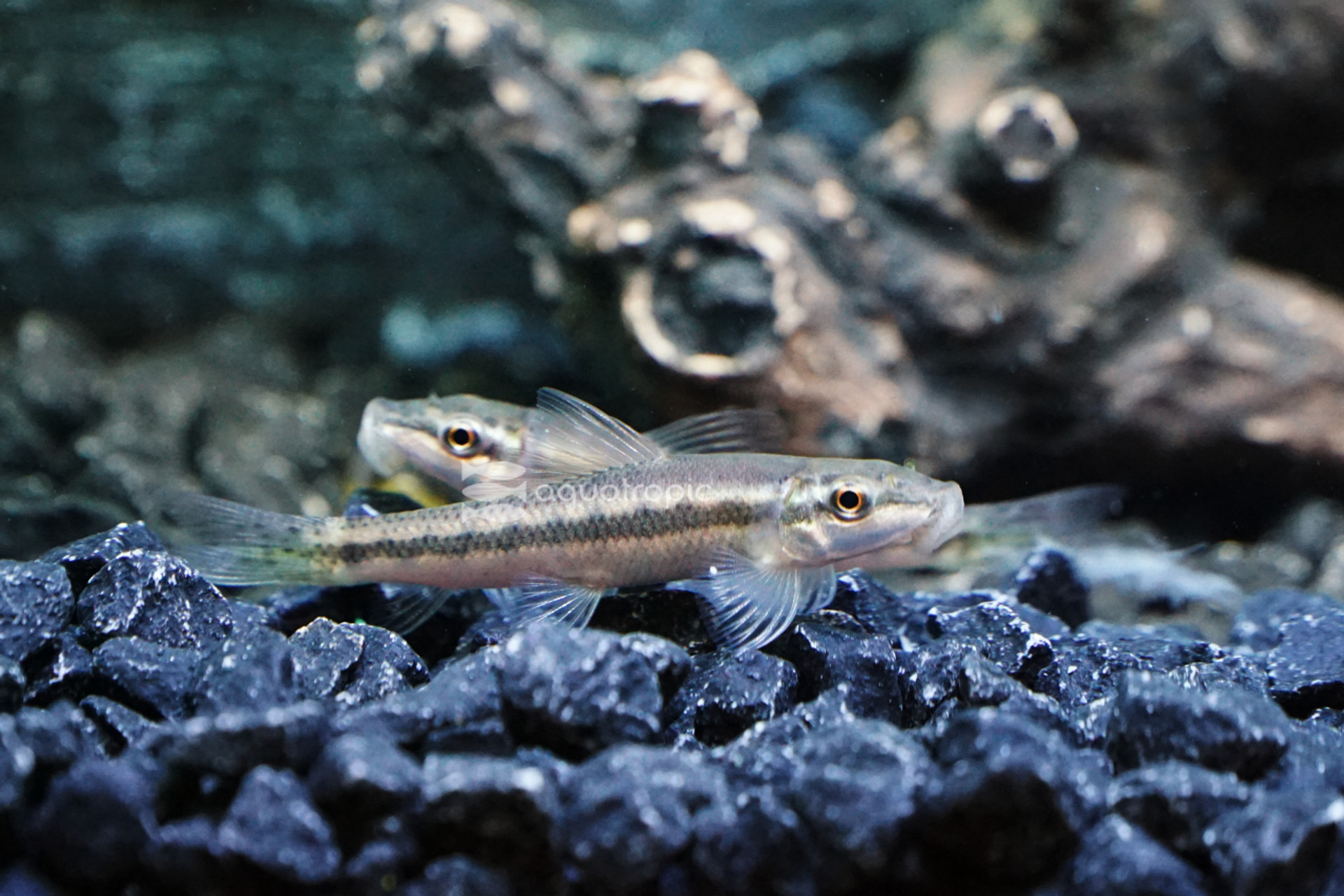
A Guide to Green-Gobblers So, your fish tank looks like a swampy, green nightmare. In the famous words of Douglas Adams, DON'T PANIC! You’re not alone, pretty much all of us who love keeping aquariums have stared into an abyss of algae at some point. It’s a bit like having a fairly boring pet that’s really good at photosynthesis but absolutely trash at anything else (save being food for a few of the fish we'd like to introduce you to today!)
However, before we dive headlong into a wonderful world of alternative algae-munching aquatic creatures, let’s talk a bit about why the green gunk shows up in the first place. If your tank is a living room, nuisance algae is the underwater equivalent of a couch potato. It's going to hang where it's nice for algae, which means it's going to chill in any aquarium with too much light, excess nutrients, and not enough water changes and fish waste vacuuming. The algae showed up one day for a party, and things got a bit out of hand with the feeding and the sunlight, and now, it's hanging out, chewing up your dissolved oxygen at night and looking ugly, and like any unwanted house guest – once it is in, it’s hard to get rid of.
Now, let’s meet the heroes of our story: the algae-eating fish. You've likely all heard of the mighty Plecostomus and its prodigious algae eating prowess, and we're big fans of them, but they aren't appropriate for every tank, and maybe that's just not the look you're going for. We're here today to introduce you to a few, less famous, aquatic superheroes looking to be the savior of your own personal aquarium world. We're talking about the ones who tirelessly scrub the glass, mow the mess down, polish up plants, dress up the driftwood and decorations, and generally keep your tank looking respectable.
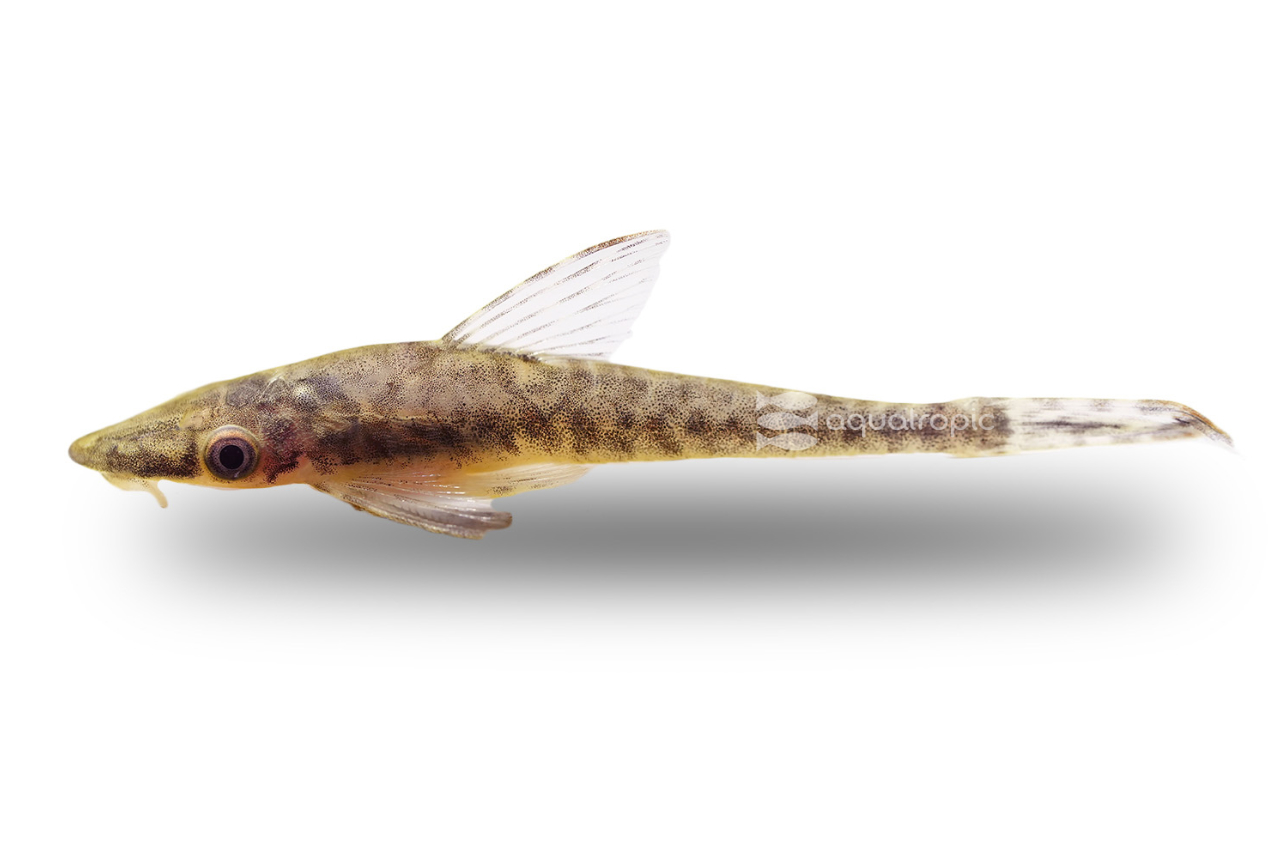
Say “Hello Oto” (cue the Motorola sound) ... Otocinclus Catfish are the undisputed Roombas of the freshwater aquarium world. These little guys are tireless cleaners, constantly patrolling the tank for any trace of algae. Even though they are as efficient as one, they are not robots. Fish are real. Just remember, they’re social creatures, so get a group of them and they'll be your tiny, aquatic cleaning crew.
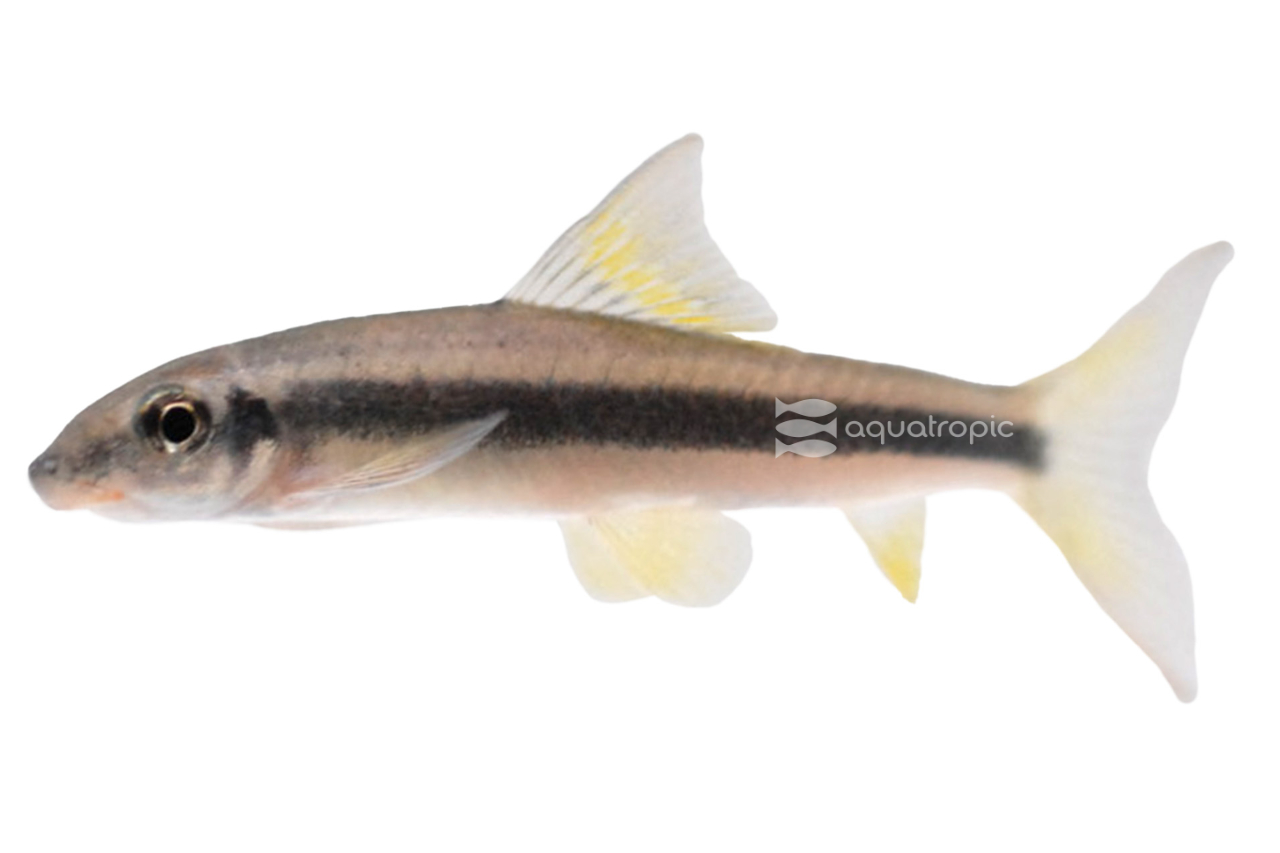
With its distinctive black stripe, the Siamese Algae Eater has racecar looks. They are voracious algae eaters, capable of tackling even the toughest green challenges. They get a little bigger than most of the other fish on this list and will be five or six inches long at maturity. They grow quick too and will hit that size in under two years. If you want to keep more than one, keep at least three so the squabbling will get distributed around (one is fine, two might get feisty with each other.)
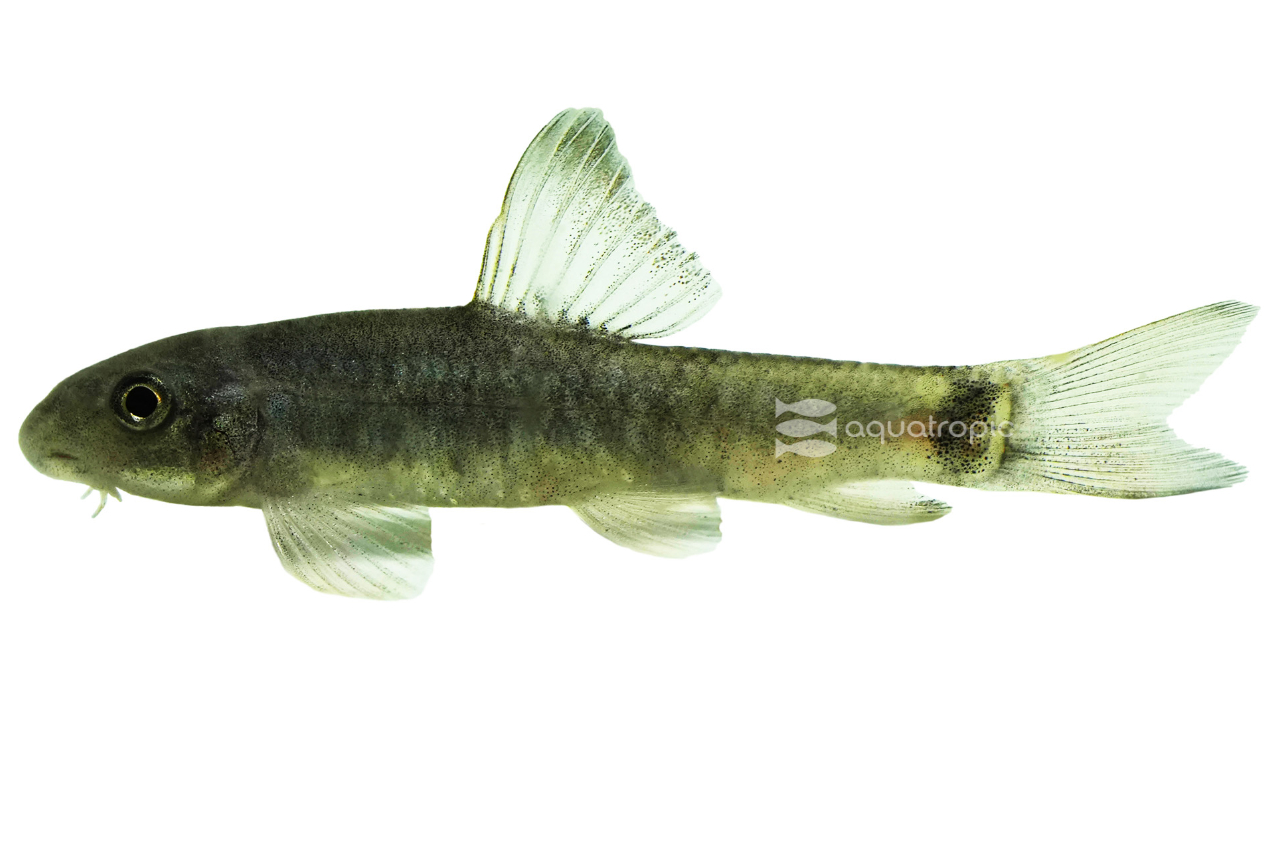
Garra Rufa, also known as the doctor fish, is famous for its ability to nibble away dead skin and is used for natural pedicures in spas for people who love that kind of stuff around the world! In our aquariums they just super useful, and small sized algae eaters. Have no fear, the other fish in the tank aren't going to suffer from excess spa time. If you aren't looking for spa time, or Garra Rufa just isn't available currently at your LFS, it turns out that lots of species of Garra are excellent algae eaters, and so you can choose from any one you like; Pandas, Stone Suckers, Spilotas and Flying Foxes are all green munching machines.
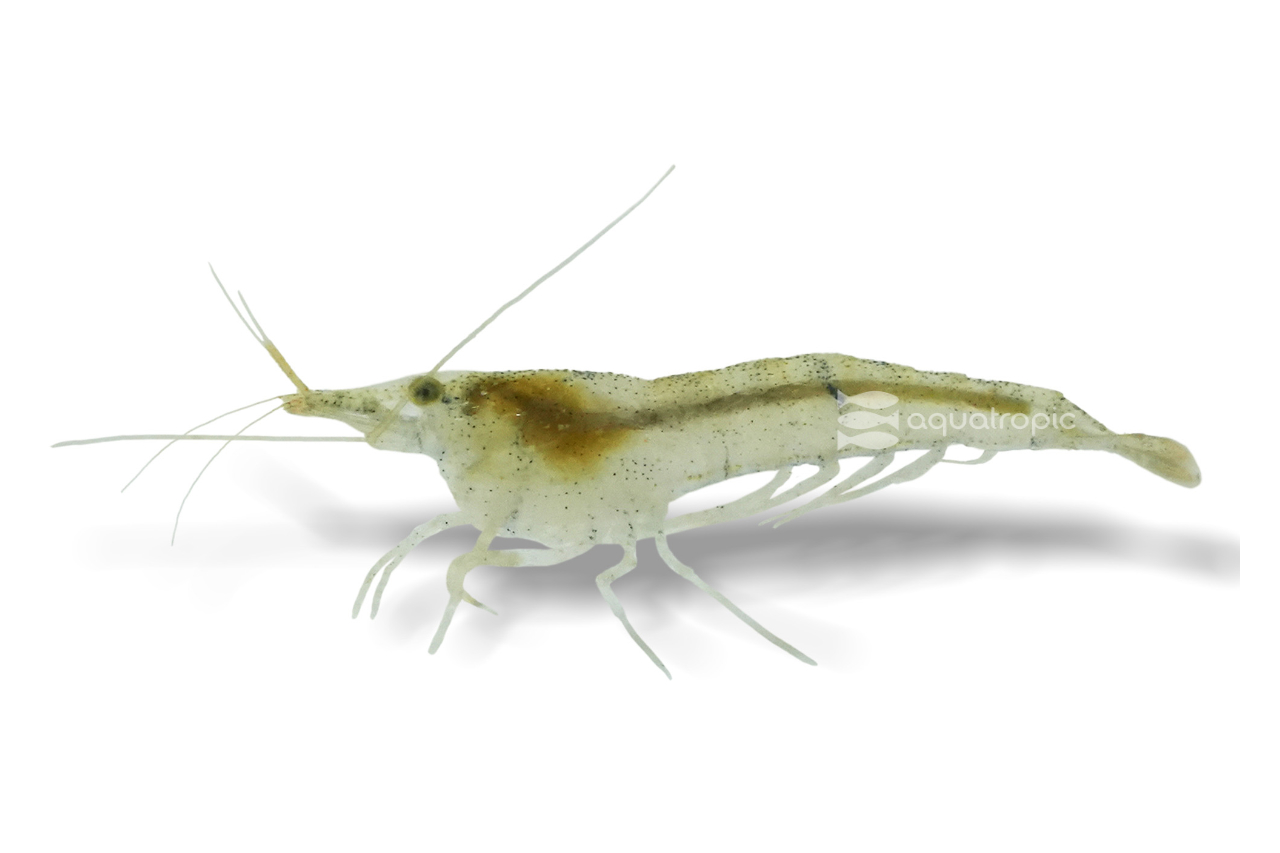
If you don't have any fish that are big enough to eat shrimp, or maybe just don't have the appetite for them, Amano Shrimp are not only beautiful but also incredibly efficient algae scrubbers. They’re particularly good at reaching those hard-to-clean spots, while being gentle enough to remove algae from the plants you want! Plus, they’re peaceful and don’t pose a threat to your other fish. In the right tank, they're like having a tiny army of aquatic janitors. If you have bigger fish in your tank, ornamental freshwater shrimp are like candy to most fish, so be cautious about what you add to the tank. In a tank devoid of shrimp predators, most decorative shrimp will readily reproduce.
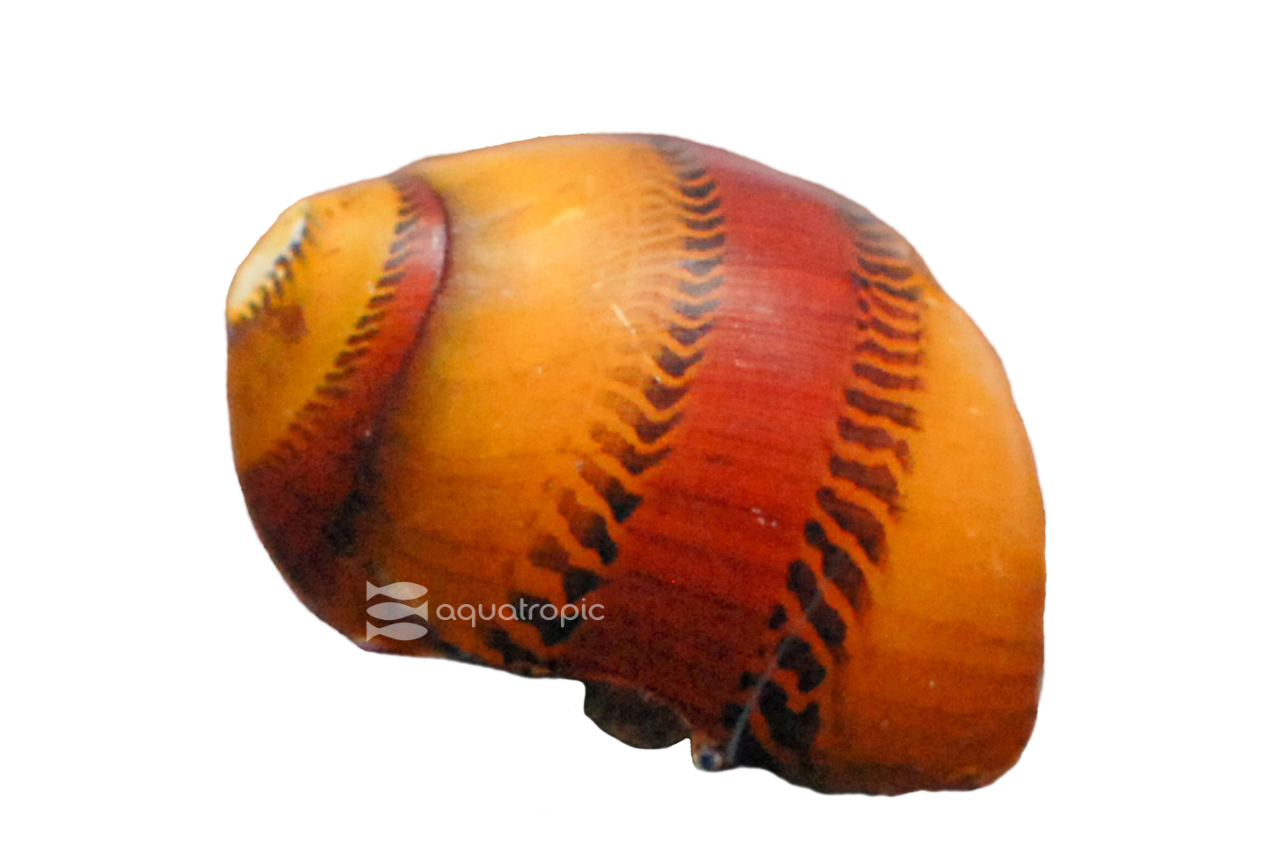
People often overlook snails as a cleanup mechanism, and this is a shame. The slimy squad might not be the most glamorous creatures, but they’re surprisingly effective at tackling algae. Nerite Snails are especially good at cleaning films from viewing glass and decorations. Just be aware that they can so effective that they run out of algae to eat, so you might need to supplement their diet with algae wafers at some point.
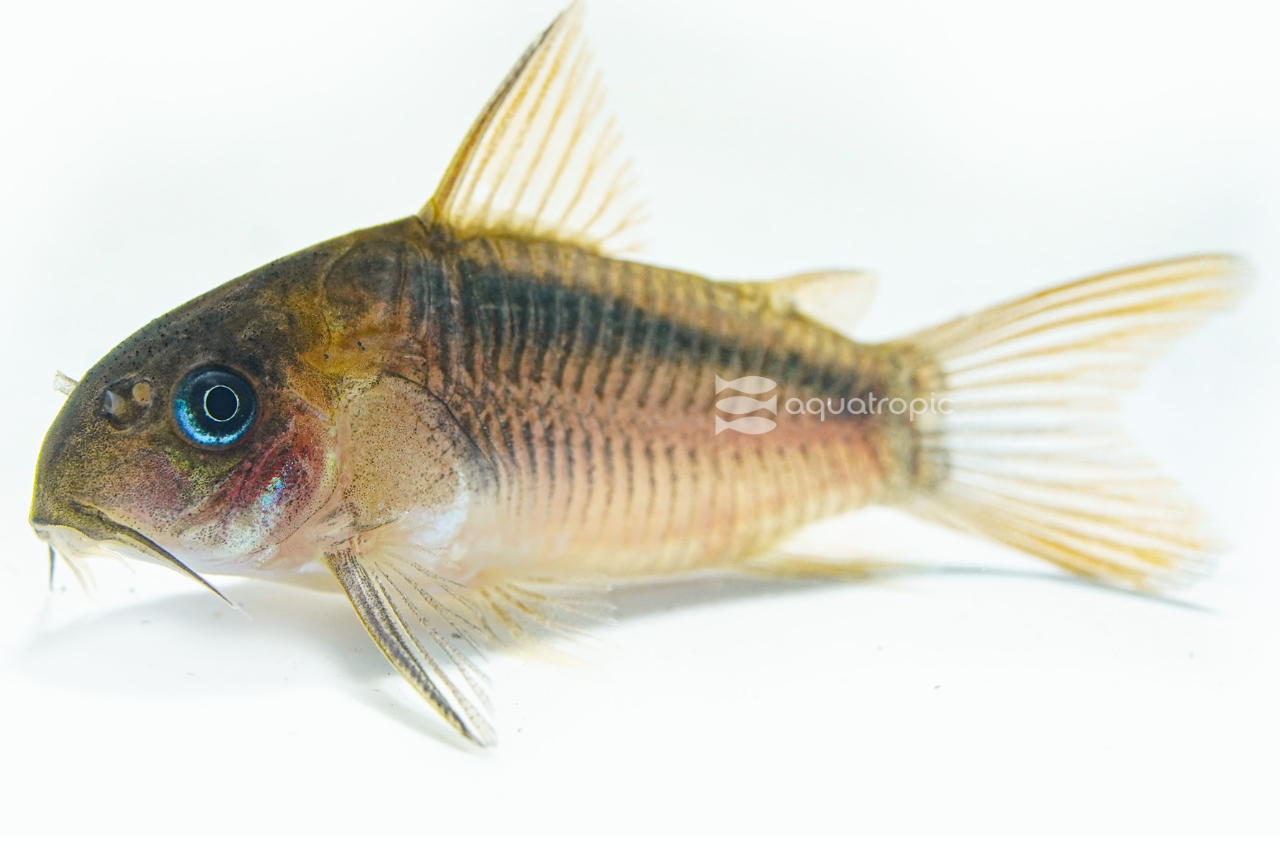
Corydoras Catfish actually aren't great algae eaters, but they do an amazing job of cleaning up excess food and fish waste in the tank, and thus are useful in preventing algae outbreaks. Think of them like the goofy, lovable clowns of your personal underwater circus. They waddle around the bottom of your tank, sucking up stuff like tiny vacuum cleaners. Watching them school together is a universal fave for fish keepers; it’s like a synchronized swimming routine gone hilariously wrong. Just don’t expect them to win any beauty contests – their charm is all in their personality.
While any or all of these algae-eating superstars can help keep your tank clean, they’re not miracle workers; a healthy aquarium ecosystem requires a balance of factors. The big three are: don't over light, don't over feed and keep up on water changes! We have a few other articles here on the site that talk about addressing algae issues in more depth, so if your tank is already a mess, you should check those out too! Remember, when you start to battle serious algae, there will be a moment where nothing happened, then after a second or so, nothing will continue to happen. Fixing these problems can be a slow game, so be patient. Keep in mind that algae are a natural part of the aquarium environment, so it's not always a bad thing. In fact, some fish and shrimp (like the ones we just went over) actually rely on it for food. The key is to maintain a balance. So, relax, enjoy your aquarium, and let your algae-eating crew do their thing. After all, a little green is good for the soul – as long as it’s not covering your entire tank. Don't Panic.